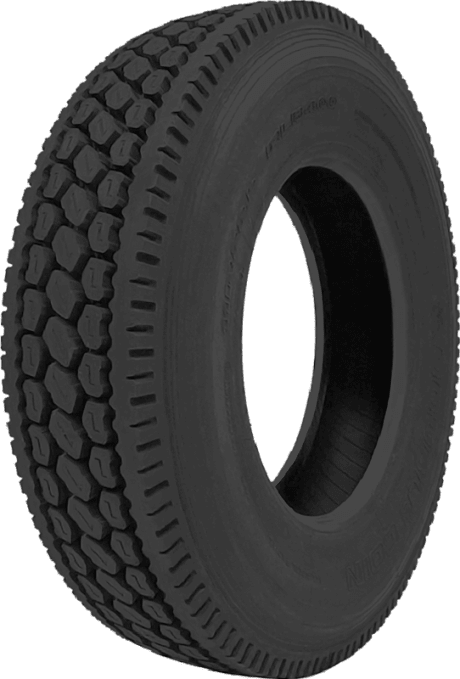Atturo Trail Blade A/T 265/70R17 Tire
Atturo’s Trail Blade A/T is an all-terrain tire that’s designed for use on CUVs, SUVs, and light trucks. Built to perform in dry, wet, and wintery weather, the Trail Blade A/T is equally at home on off-road terrains such as mud, sand, rocks, dirt, gravel, and anything in between. The Trail Blade A/T is built with durable materials and is backed by a 50,000 mile limited manufacturer tread life warranty.




Backed by a 50,000 mile limited manufacturer tread life warrantyBroad shoulder blocks improve traction year-roundFour wide grooves within the tread channel water away from the tire to reduce the risk of hydroplaningInterlocking center tread elements and sipes strengthen traction in any weather conditionA 3-ply sidewall construction improves load carrying capacity for LT rated sizes


Reviews
There are no reviews yet.